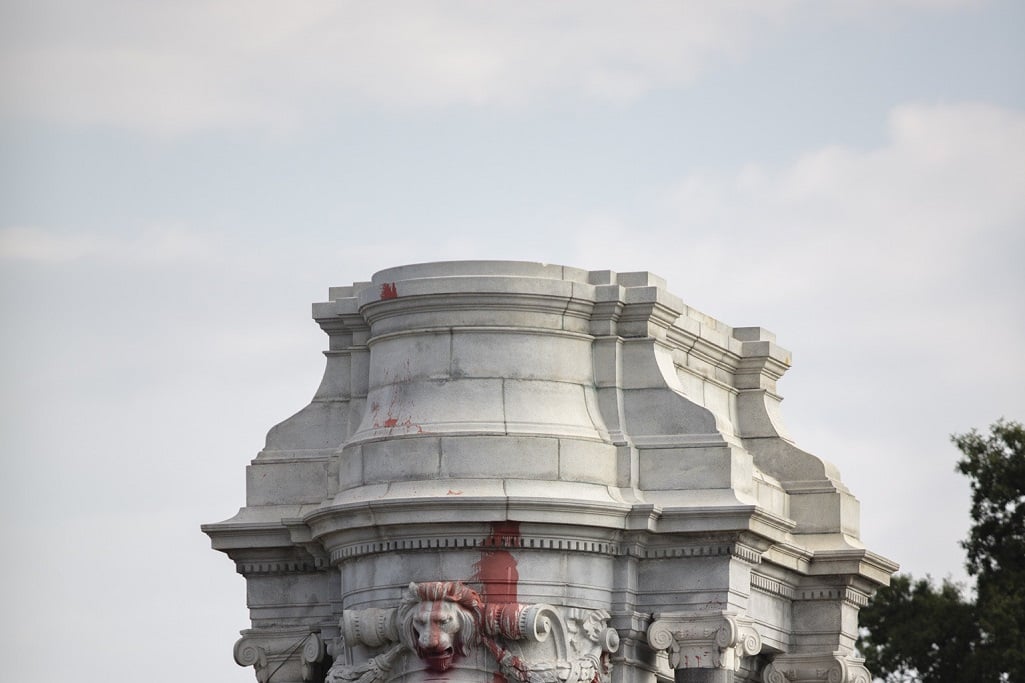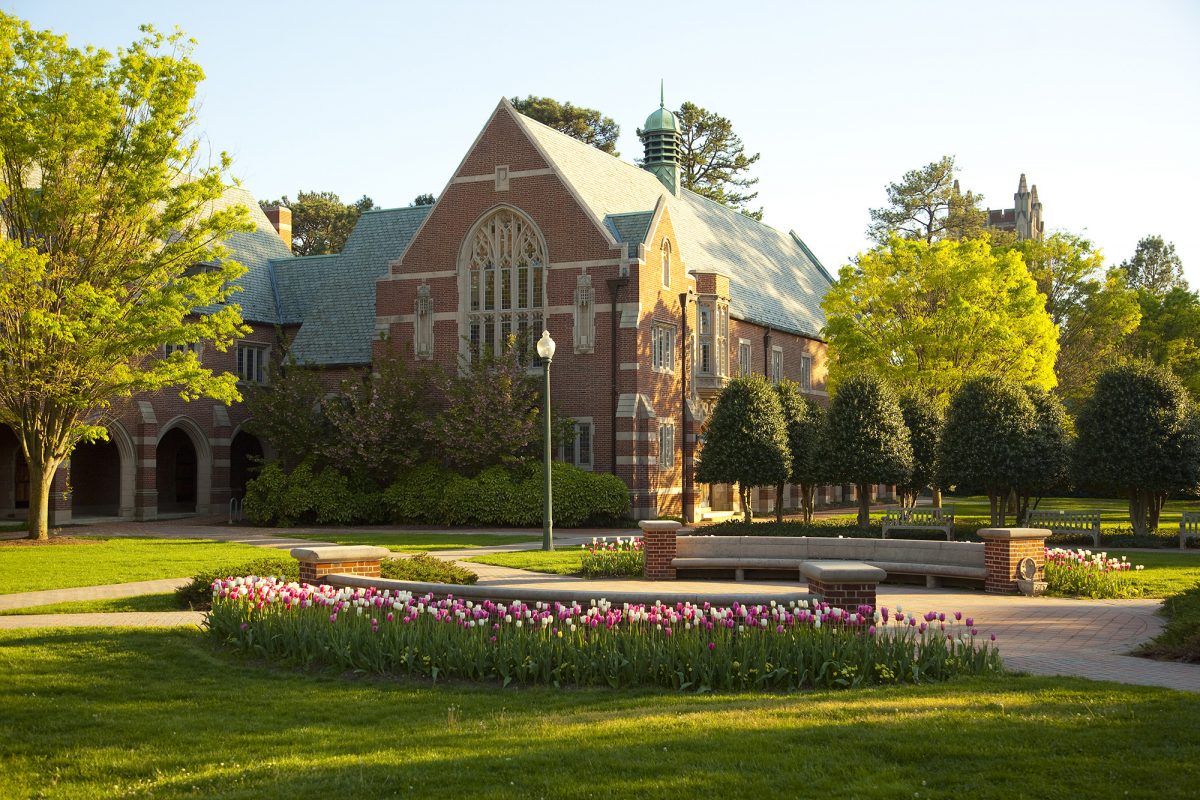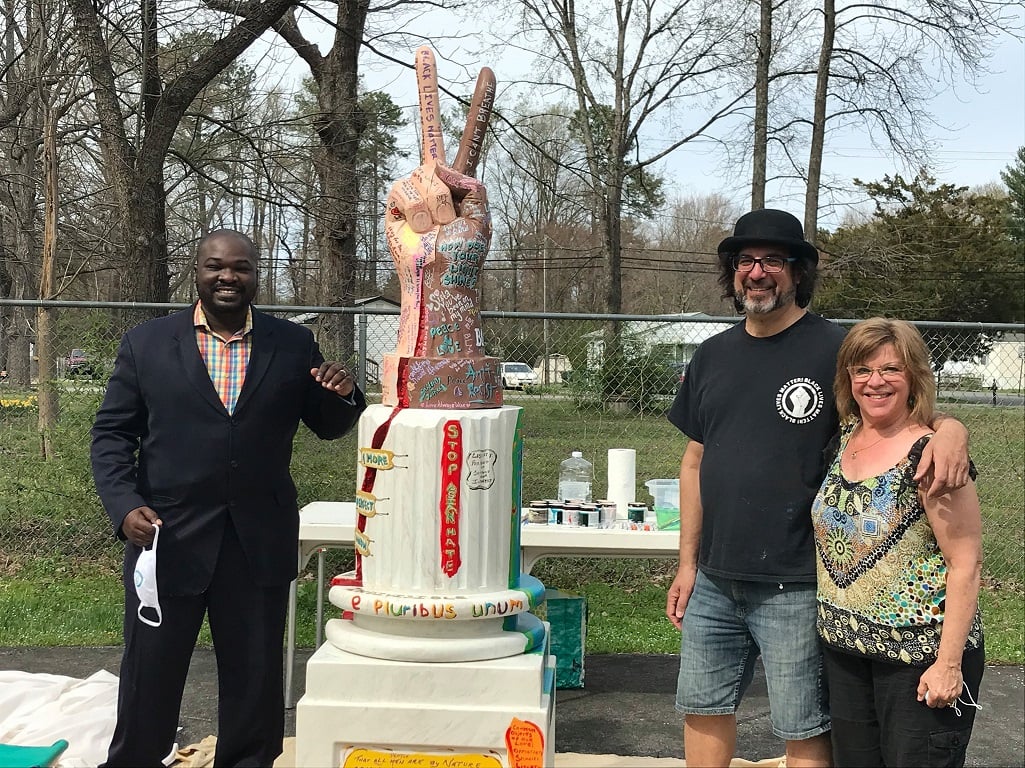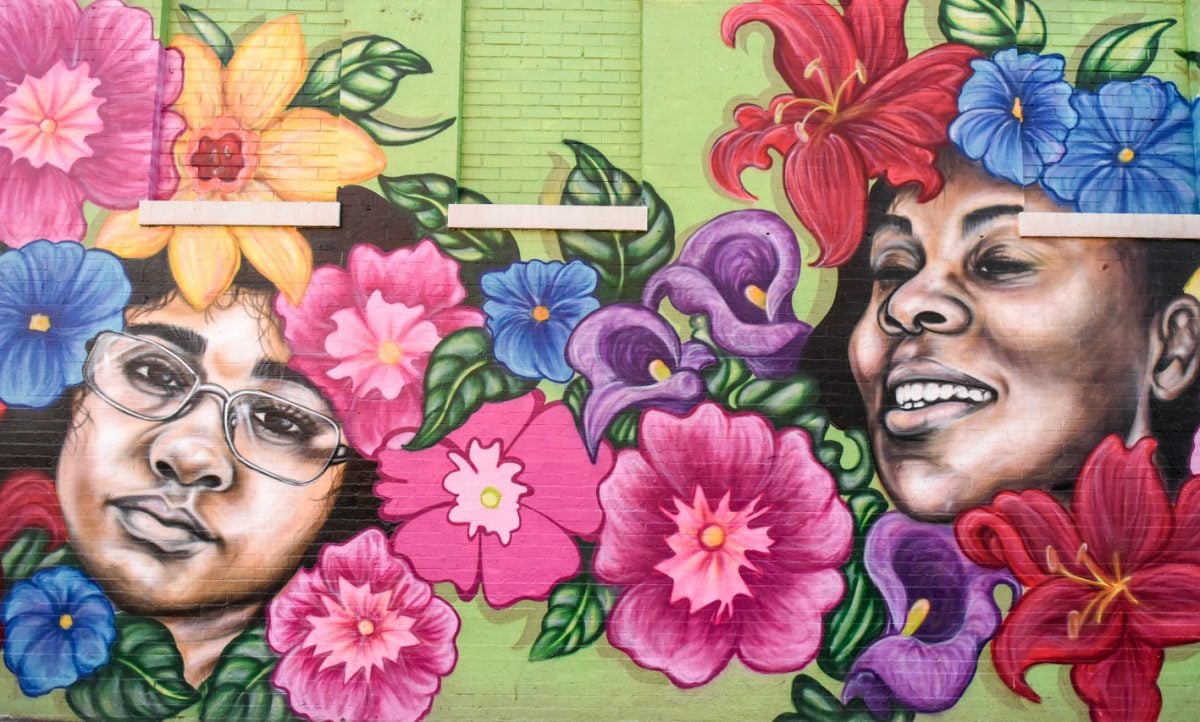“The most disrespected person in America is the Black woman. The most unprotected person in America is the Black woman. The most neglected person in America is the Black woman.” - Malcolm X This quote by Malcolm X is well known by Black women in my community because...
![When Black [Girls’] Lives Really Matter](https://rvamag.com/wp-content/uploads/2021/11/hero-image-20-1.jpg)




